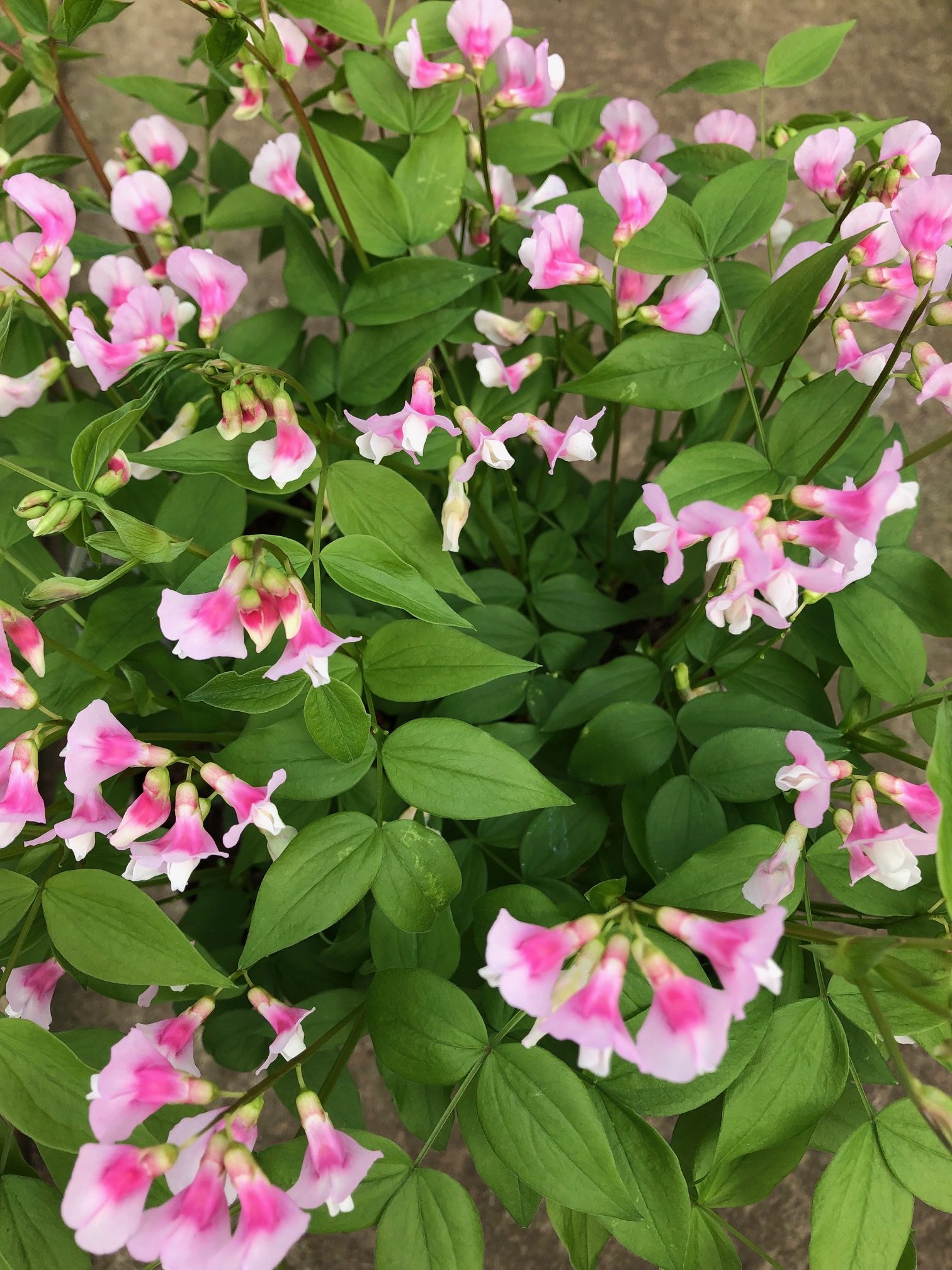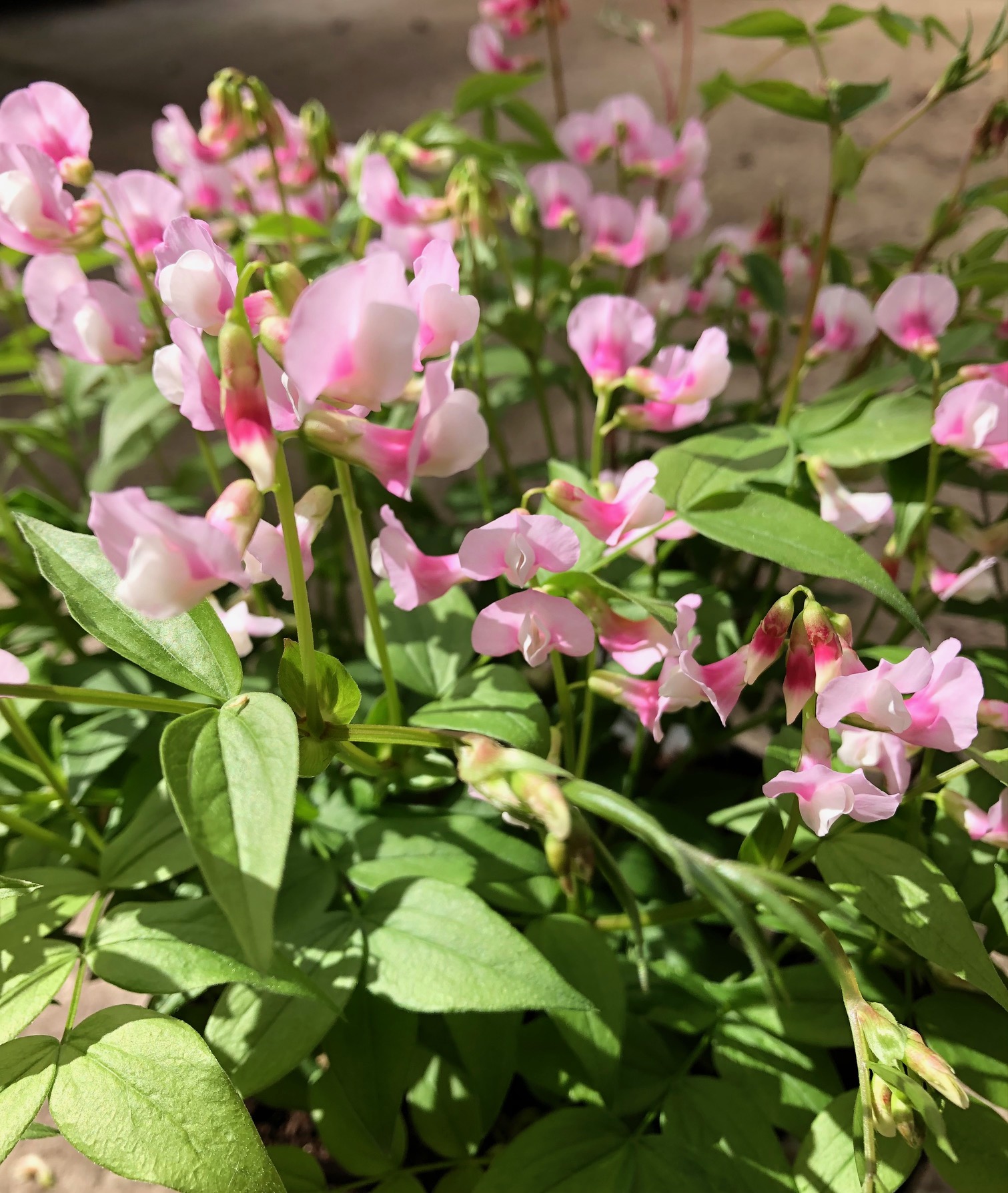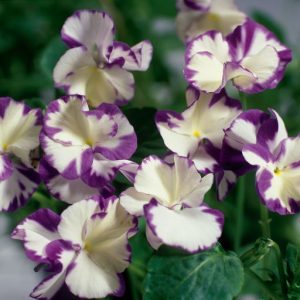Lathyrus vernus
Spring vetchling
Spring pea
Lathyrus vernus, commonly known as the spring vetchling or spring pea, is a delightful perennial garden plant that brings a burst of color and beauty to any garden. With its vibrant flowers and delicate foliage, Lathyrus vernus has become a favorite among gardeners.
MORE
Lathyrus vernus is native to Europe and is a member of the Fabaceae family. It typically grows to a height of 30 to 60 centimeters and forms clumps of erect, slender stems. The foliage consists of pinnate leaves with pairs of oblong leaflets. The leaves have a lovely blue-green color, adding to the plant’s overall charm.
The most captivating feature of Lathyrus vernus is undoubtedly its flowers. Blooming in early spring, usually from April to May, the plant produces an abundance of stunning blossoms. The flowers are butterfly-like in appearance, with two upper petals forming a hood and two lower petals spreading out like wings. They come in a range of colors, including shades of pink, purple, blue, and white, and emit a sweet fragrance that attracts pollinators, such as bees and butterflies.
When it comes to cultivation, Lathyrus vernus thrives in well-drained soil and prefers a sunny or partially shaded location. It is adaptable to various soil types, but rich, loamy soil is ideal for optimal growth. Before planting, it is beneficial to prepare the soil by incorporating organic matter and ensuring proper drainage. The plant can be propagated through both seeds and division.
If starting from seeds, they should be sown in autumn or early spring. Soak the seeds in water overnight before planting to improve germination. Sow the seeds at a depth of about 1 to 2 centimeters, spacing them around 10 centimeters apart. Water the seeds regularly to keep the soil moist until they germinate, which usually takes two to three weeks.
Alternatively, Lathyrus vernus can be propagated by dividing mature clumps in early autumn or early spring. Carefully lift the clump and separate it into smaller sections, making sure each division has a sufficient number of roots. Replant the divisions at the same depth as the original plant, spacing them at least 30 centimeters apart to allow for proper growth.
In terms of care, Lathyrus vernus is a relatively low-maintenance plant. Regular watering is essential during dry spells, especially in the first year after planting or division. Applying a layer of organic mulch around the plant helps retain moisture and suppresses weed growth. Deadheading spent flowers not only keeps the plant tidy but also encourages prolonged blooming.
Although Lathyrus vernus is generally disease and pest resistant, it is susceptible to powdery mildew and aphid infestations. To prevent these issues, provide adequate air circulation by spacing the plants properly and avoid overhead watering. In case of an outbreak, organic or chemical treatments specific to the respective problem can be applied.
Lathyrus vernus is a captivating garden plant that adds beauty and charm to any landscape. With its vibrant flowers, delicate foliage, and sweet fragrance, it is a delight to behold. Whether grown from seeds or divided clumps, this perennial plant is relatively easy to cultivate and requires minimal care. So, if you are looking to bring a splash of color to your garden early in the spring, Lathyrus vernus is an excellent choice that will surely leave a lasting impression.







Reviews
There are no reviews yet.